iPhone vs $6000 Mirrorless Camera – Food Photography Shootout
NYC food photographer Francesco Sapienza is here to prove that even expensive cameras can’t produce great images if the technique is terrible. Francesco is putting the iPhone 13 Pro and Sony A7R III in a head-to-head comparison during a food shoot featuring a Duo Board and drool-worthy, sugar-dusted croissants. When all is said and done, see if you can tell which image is from a smartphone and which is from a $6000 camera.
As a photographer, has anyone ever viewed your photos and then said, “Wow! You must have a great camera!” Did you roll your eyes? Although annoying, it’s actually a compliment in disguise, naive as it is. What they meant was, “These images are so stunning, you must have a great camera.” With a little education, they’d realize it’s the skill of the photographer – not the camera – that makes a great image.
Telling a skilled photographer that they have a great camera because their photographs are stunning is like telling a master chef, “Wow! You must have great pots and pans!” The bottom line? It’s not the camera or the pots and pans. It’s the photographer or chef behind the equipment that makes the magic happen.
Using the iPhone 13 Pro with Good Light


Francesco’s smartphone image looks pretty good. This mouth-watering piece of food photography was shot with the iPhone 13 Pro on a stand overhead of the croissants with one softbox to the side of the scene. It’s a phone image that looks like it could’ve come from a high-end DSLR.
Using the iPhone 13 Pro with Bad Light
Next, Francesco moved the light directly overhead the croissants, demonstrating how a hard, non-diffused light source creates a contrasty scene with hard-edged shadows.


Using a Sony A7R III with Good Light
Switching to a Sony A7R III, Francesco kept everything the same with the Sony mounted overhead the croissants (just like the iPhone 13 Pro) and the light coming from the side via a softbox.

Here’s the Sony A7R III image with diffused side lighting. Those powdered croissants look delicious:

Using a Sony A7R III with Bad Light
Moving the light to an overhead position once again, Francesco warned and explained to us that “the light is coming straight down. Same direction as the camera. Something that you never should do in food photography.” Noted! Thanks for the pro tip, Francesco.

It’s the same setup as the iPhone with bad light. Can a $6000 camera and lens save an image with poor lighting? The answer is…
Nope.
Take a look:

Unless hard light is the aesthetic you’re going for, food generally looks more appealing when it’s shot under soft, side light.
iPhone 13 Pro and Sony A7R III, Side-by-Side Comparison of Final Images
Can you tell the difference?

In photography, “lighting is so much more important than your camera,” says Francesco. “The camera has no impact on the photo unless the lighting is great… you definitely don’t need a $6000 camera to start taking great photos.”

Looking at a comparison of the iPhone and Sony images on his monitor, Francesco says, “That’s proof that you can shoot a great photo with [a] smartphone. And it doesn’t even need to be the latest [smartphone]. If it’s not older than three years… you’re good.”
Viewing the Sony image with bad lighting, Francesco maintains that shooting a scene with an expensive camera under bad lighting will yield a bad photo. It’s as simple as that. He says, “If you’re not happy with a $6000 camera you can go for a $10,000 or $15,000 camera. The result is not going to change because lighting is what makes the difference… lighting will determine how good a photo is.” Of course, Francesco says there are other things like food styling and composition that play a part, but it’s the lighting that makes the first impression.
We hope you enjoyed this comparison between an iPhone and a $6000 camera and that it encouraged you to create with what you have. Because, after all, it’s the skill of the photographer that crafts a spectacular image, not the camera. 😉
Gear
Camera: iPhone 13 Pro, Sony A7R III
Lens: 24-70mm f/2.8
Food Photography Backdrop: Duo Board - Vintage Oak/Ink Hardwood
Get Connected
Photographer: Francesco Sapienza, https://www.francescosapienza.com/
Wanna Learn More?
We’ve got over 100 videos on our Behind the Scenes page with tips and tricks for photographers and videographers of all genres. Learn how to light, shoot, and more.



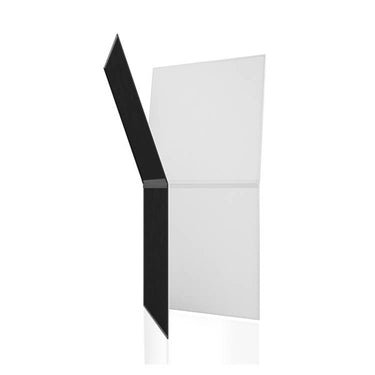
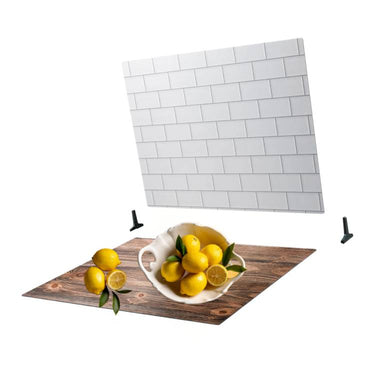
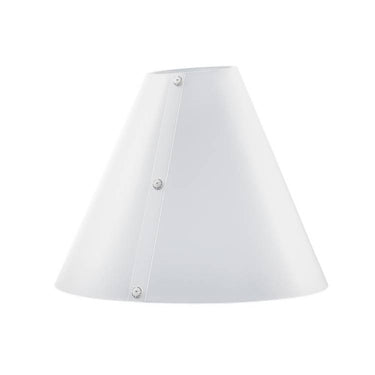
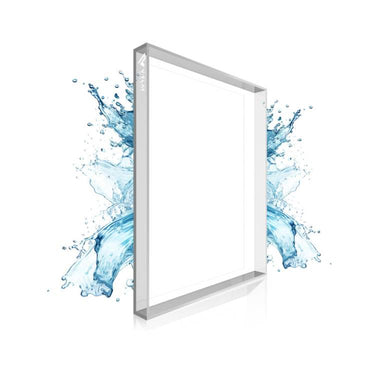
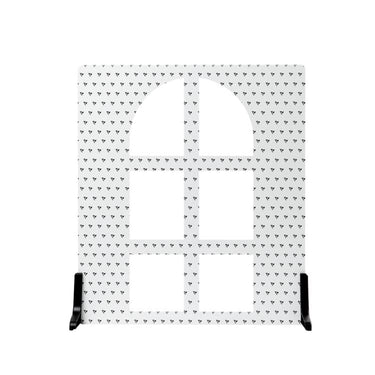
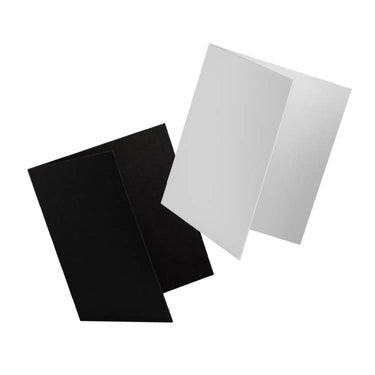
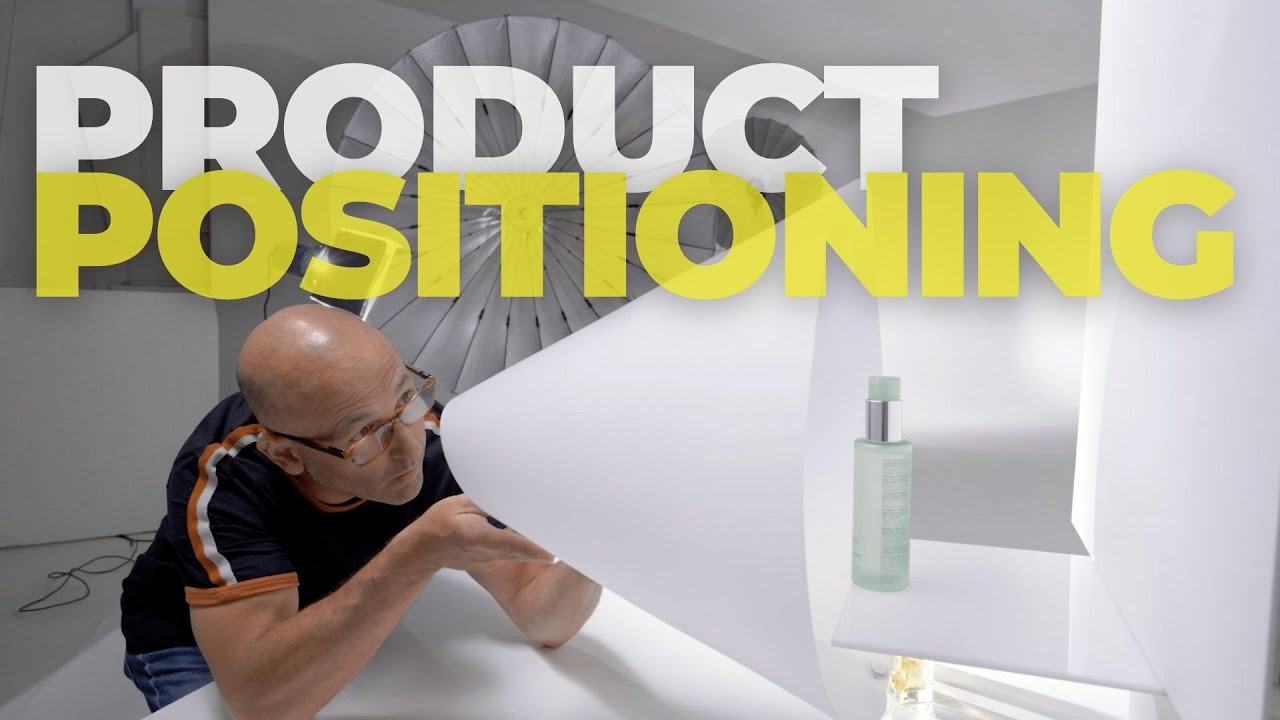
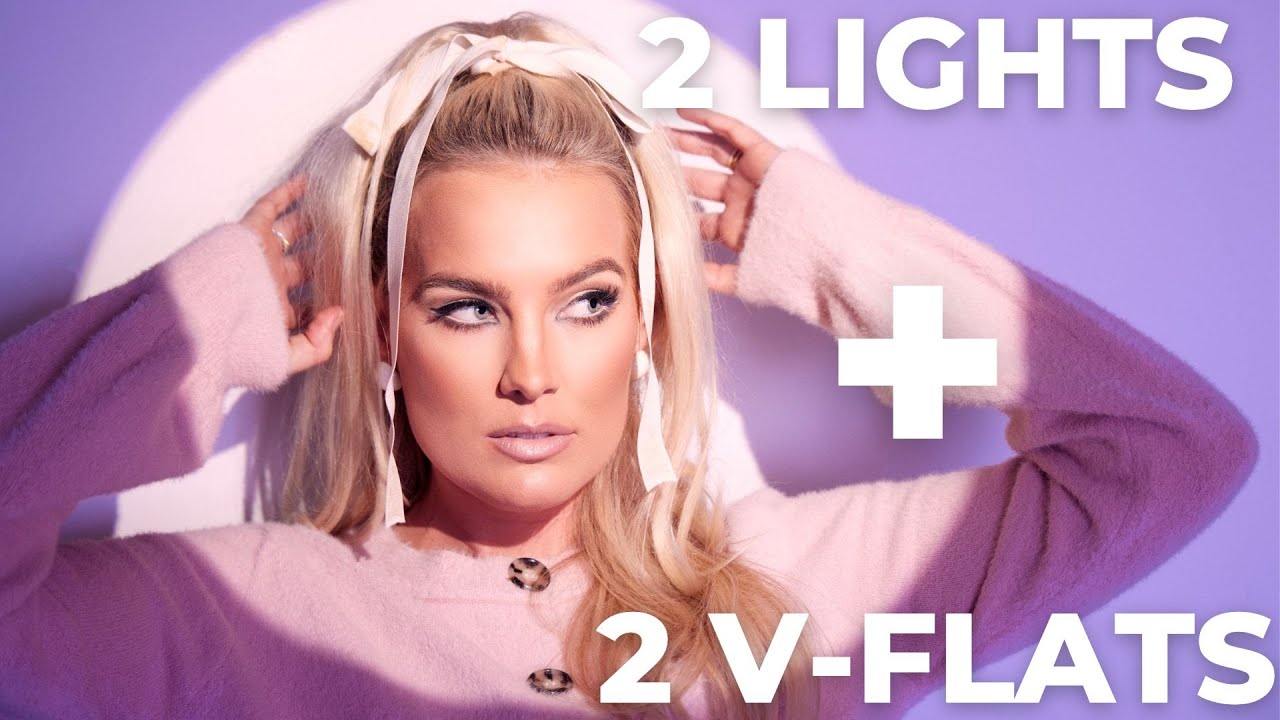
1 comment
Great video! Thanks for taking the time do make it. What editing software is Francesco using?
Nikki
Leave a comment
This site is protected by hCaptcha and the hCaptcha Privacy Policy and Terms of Service apply.